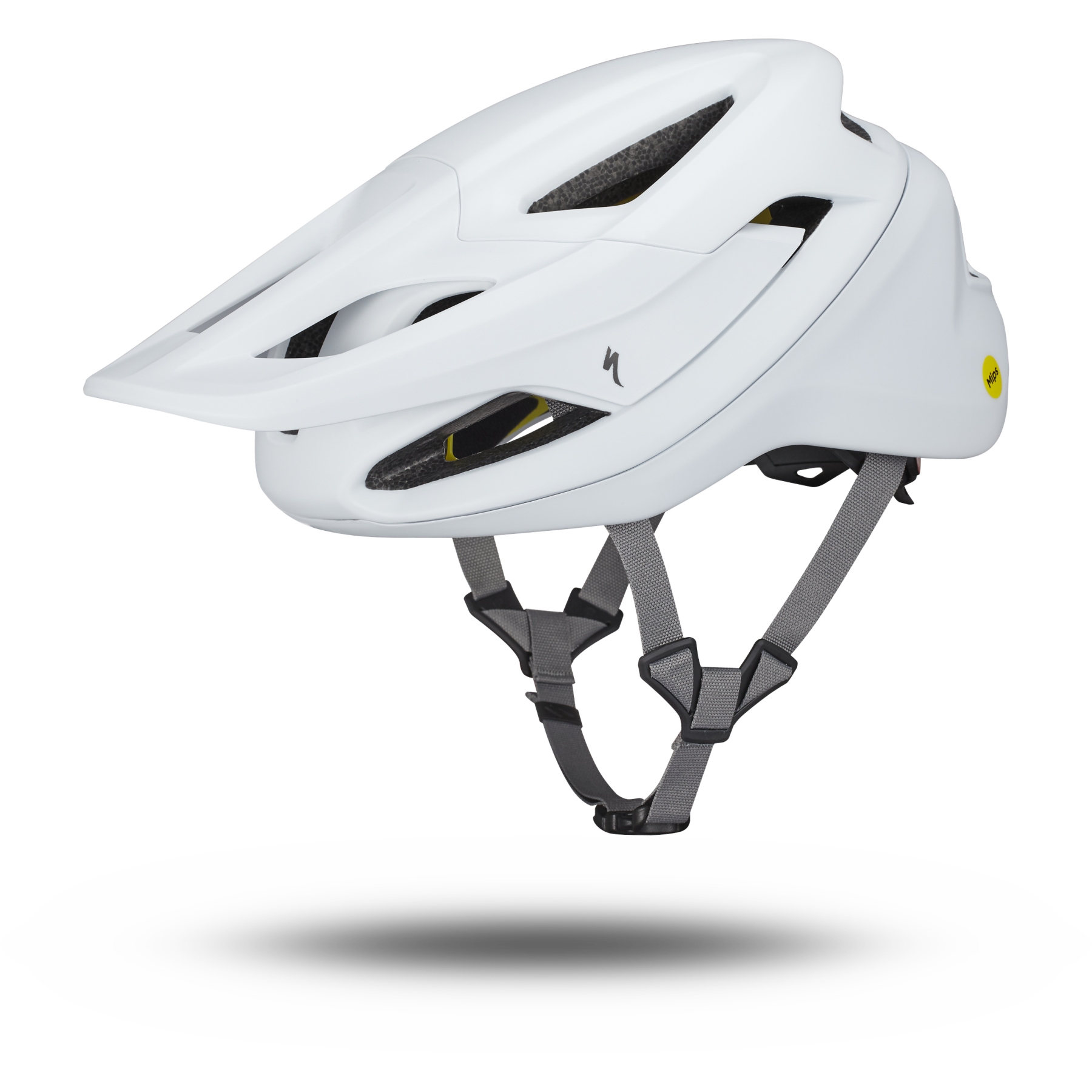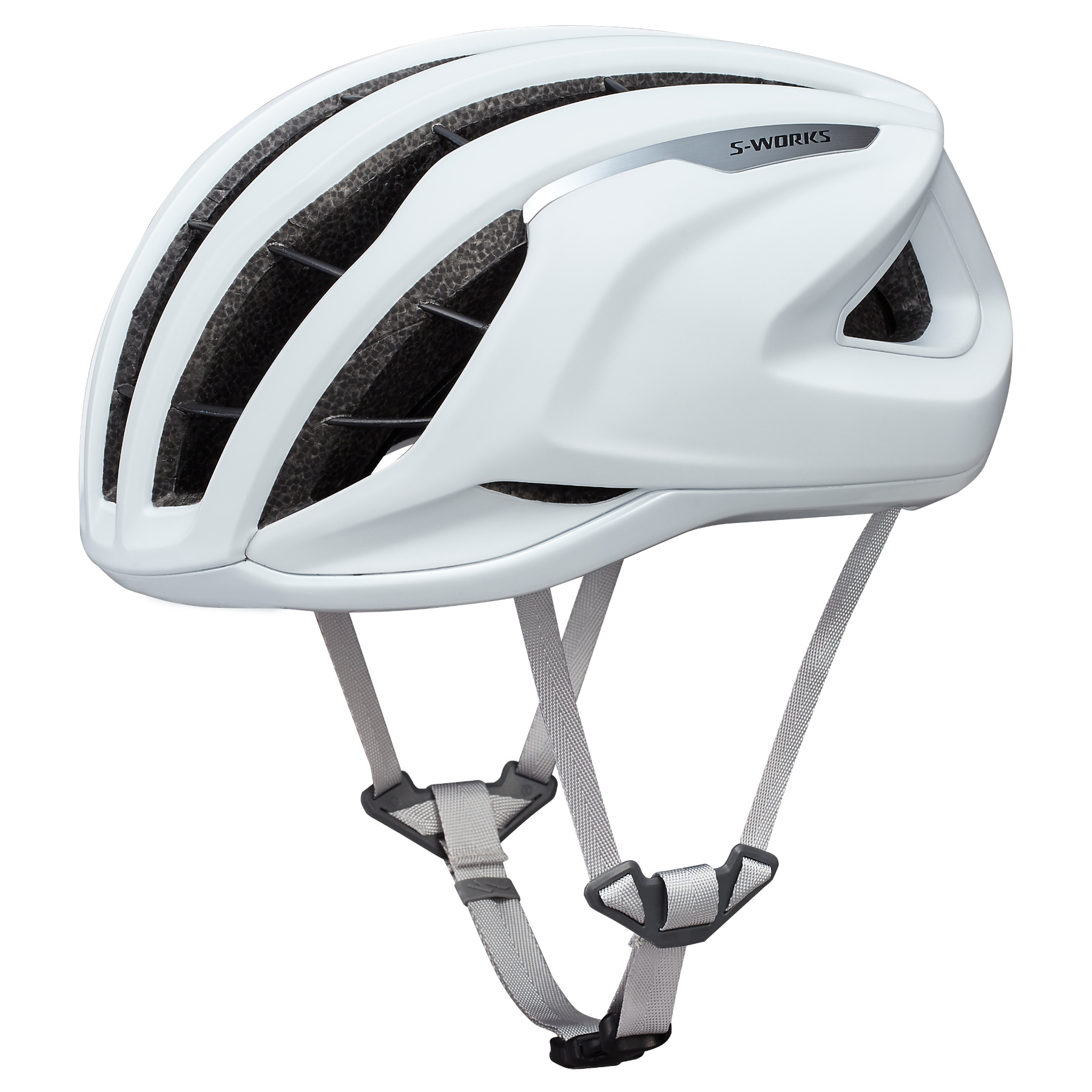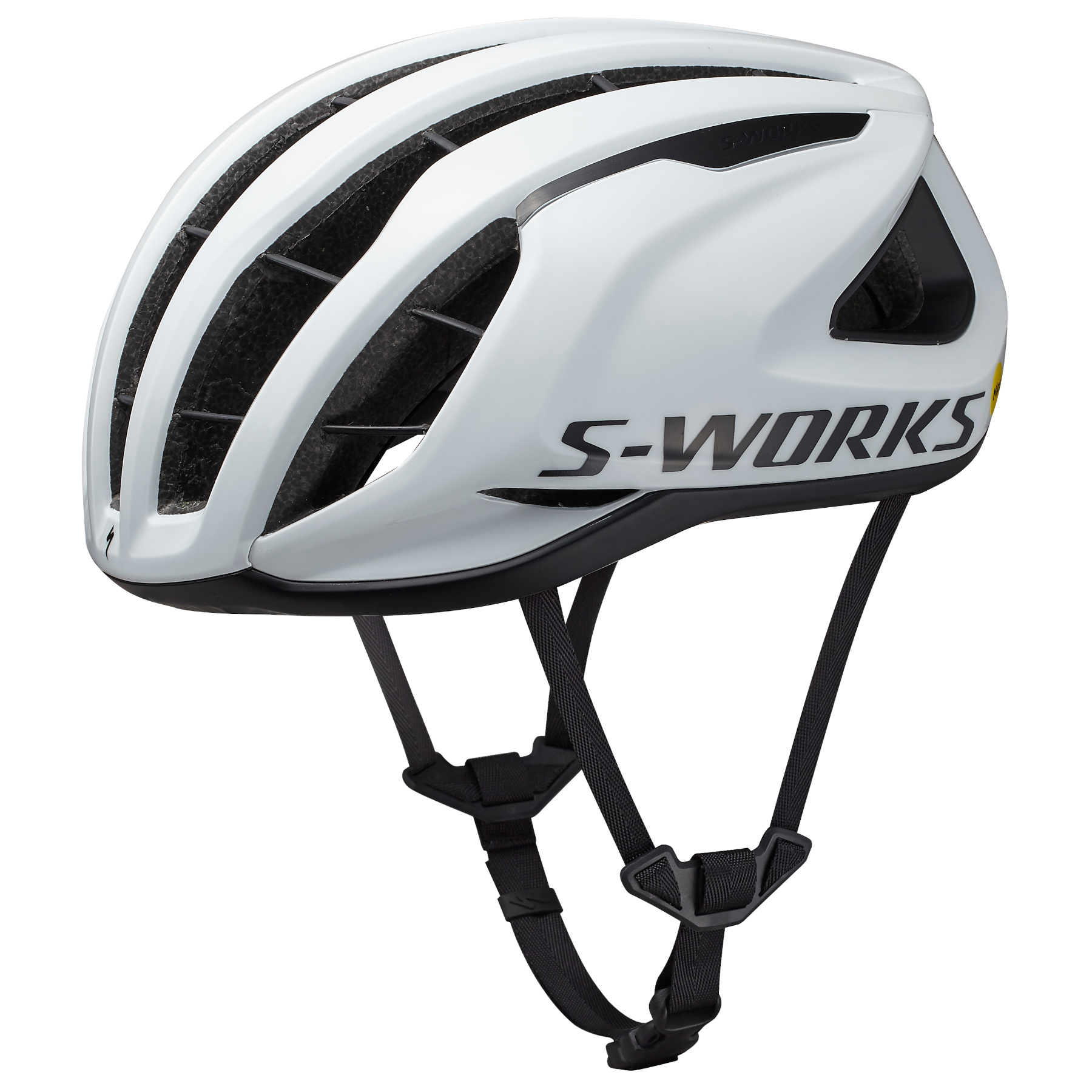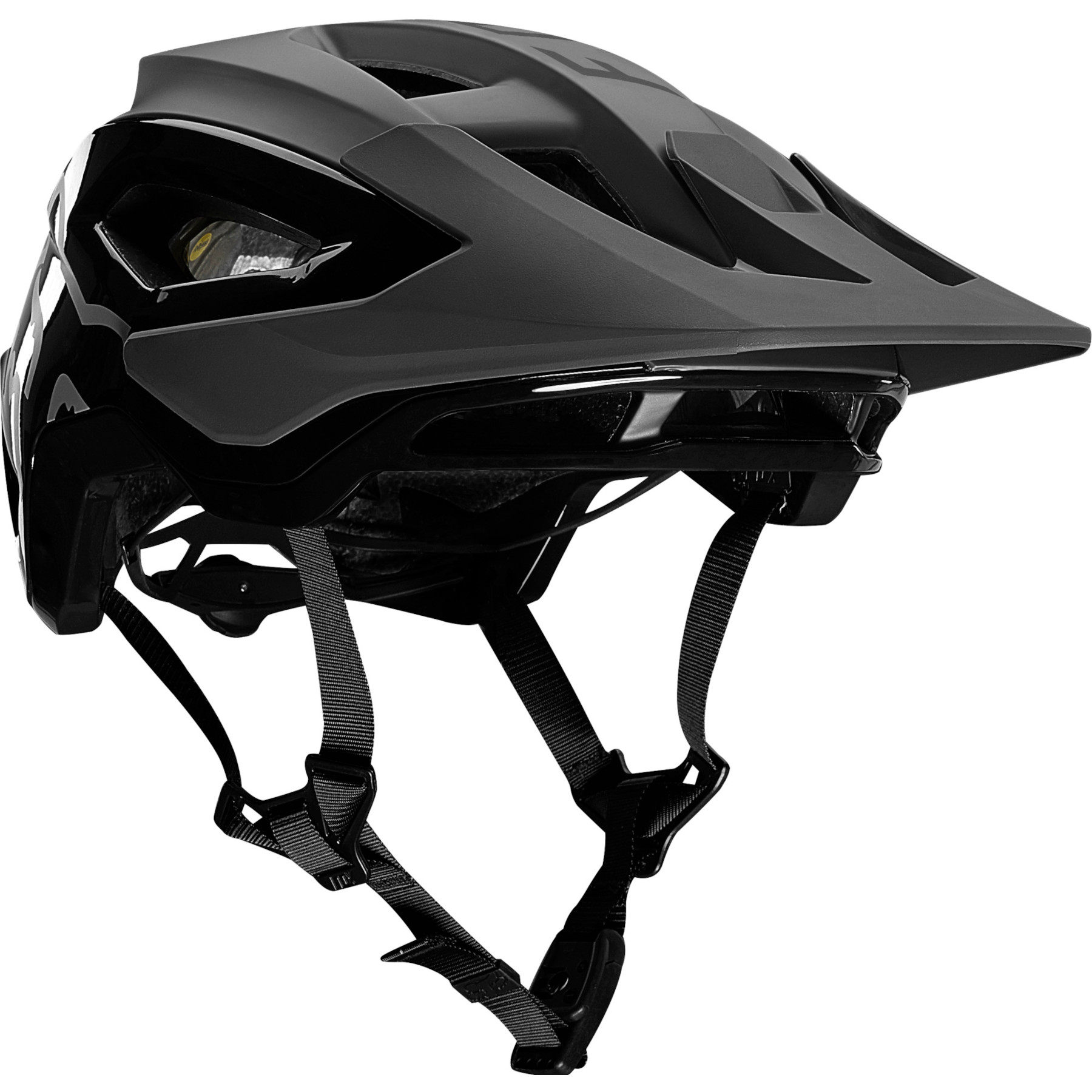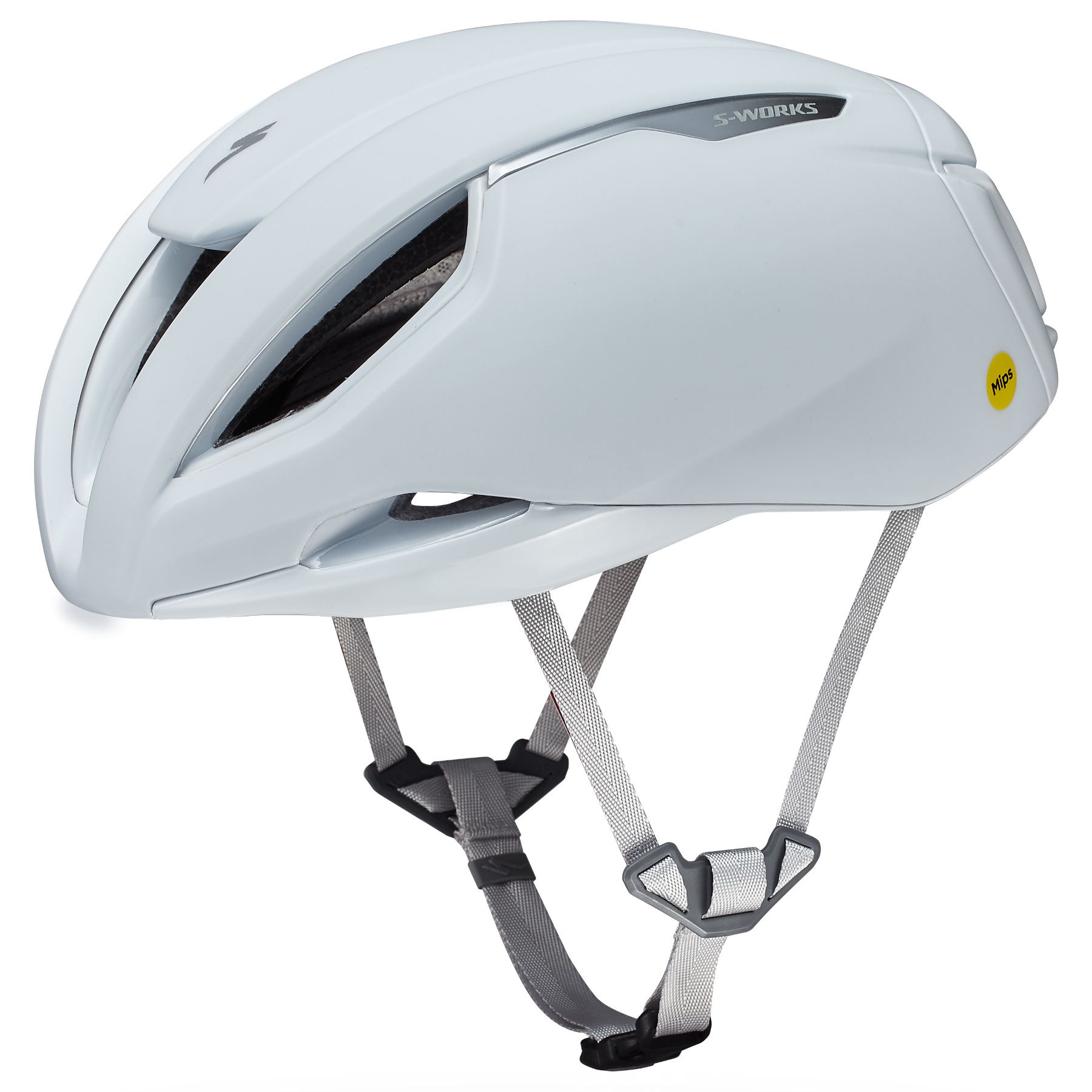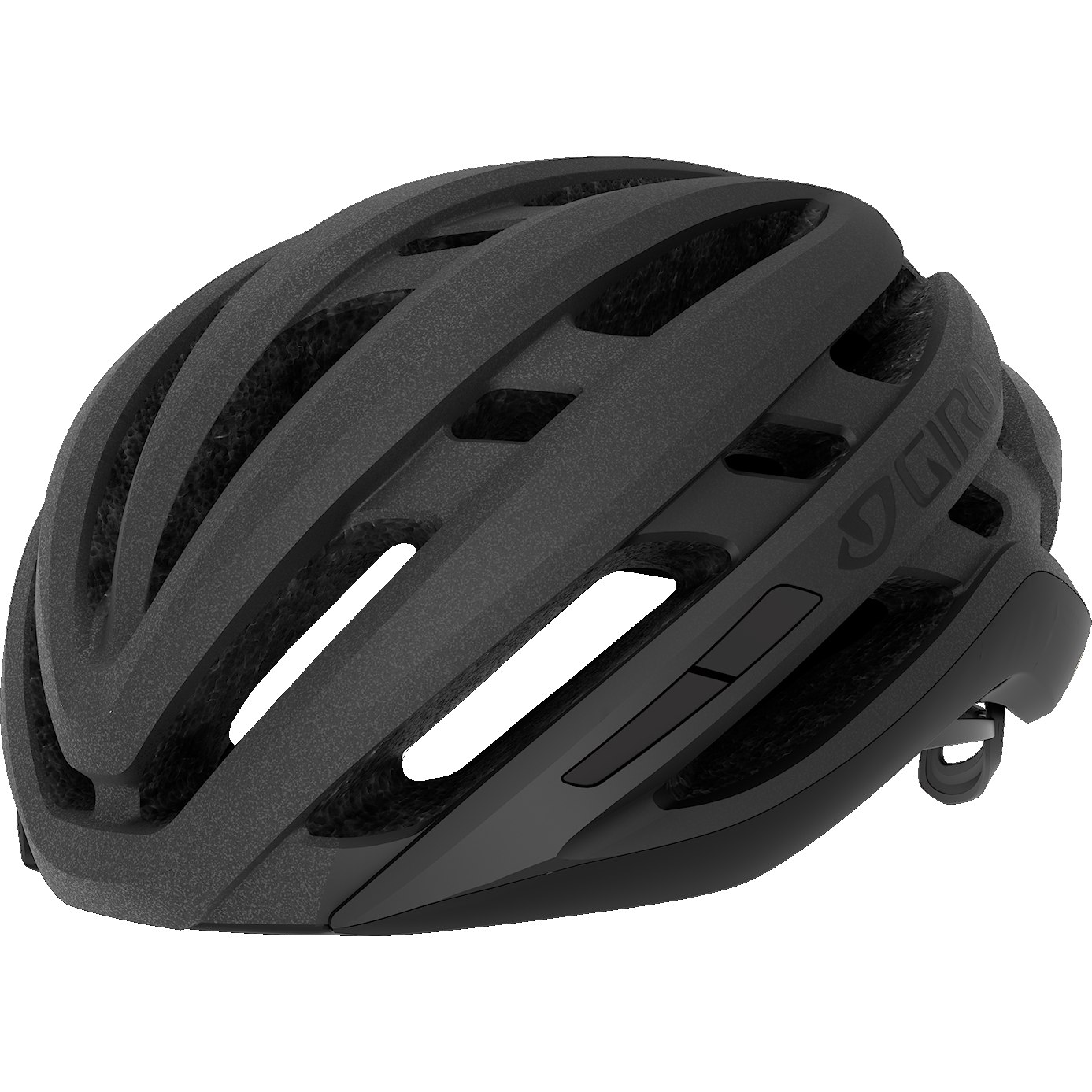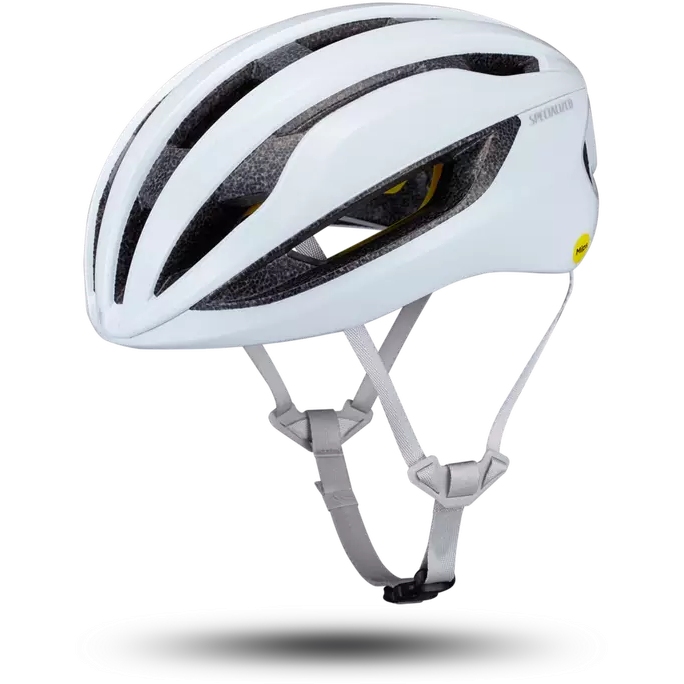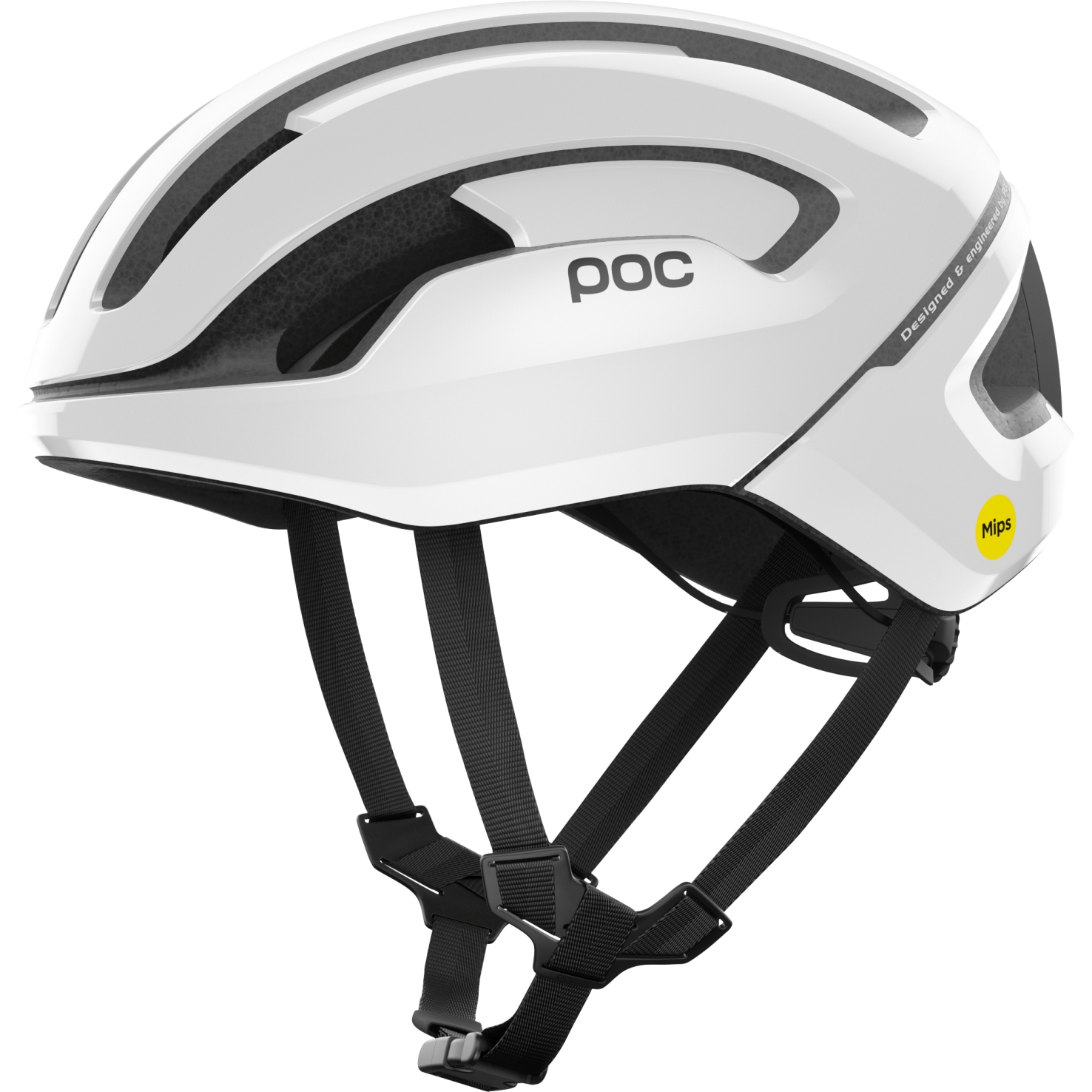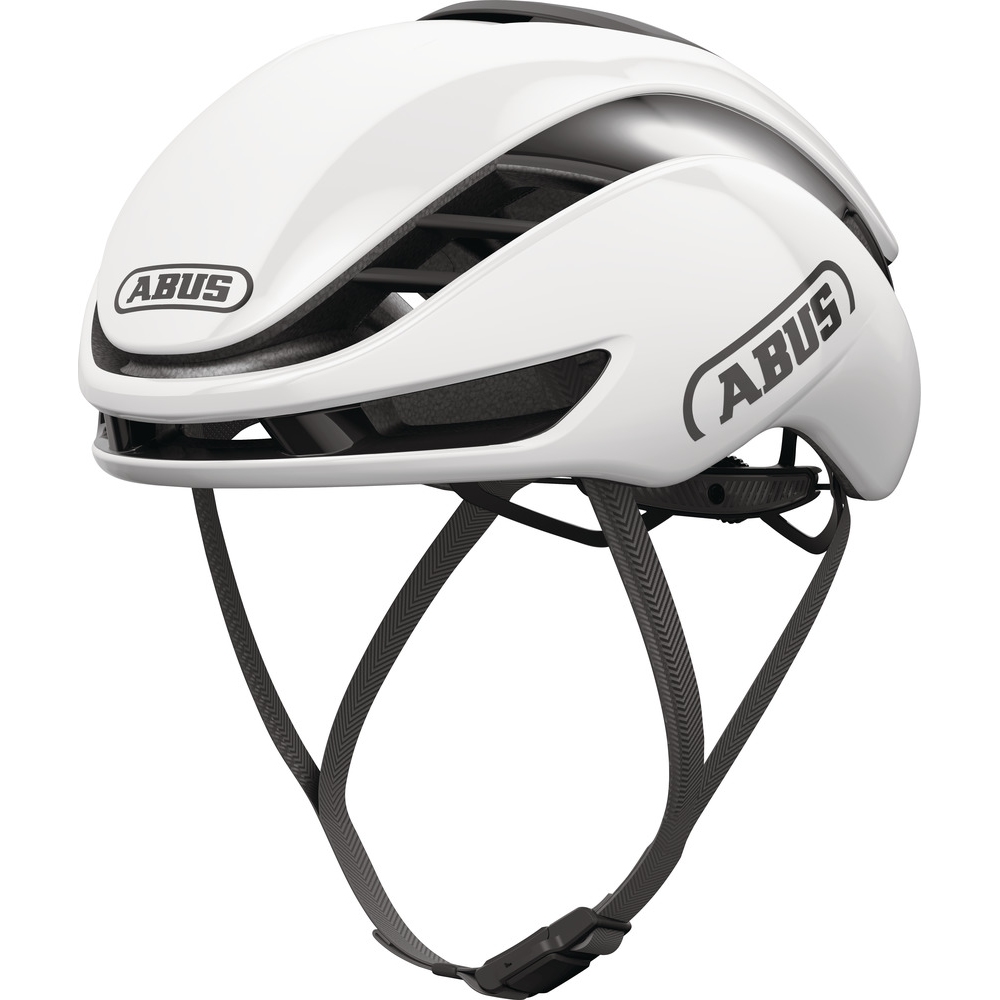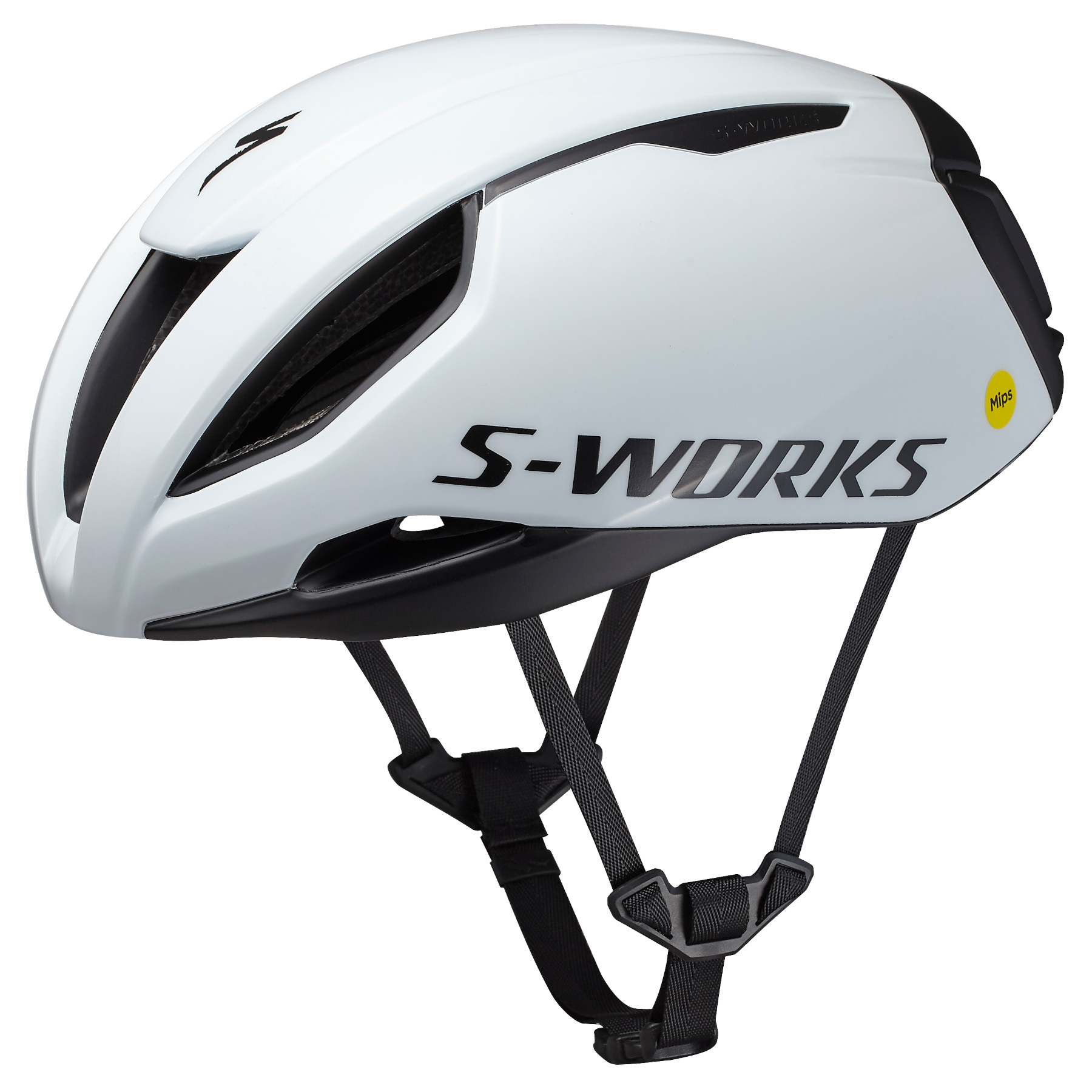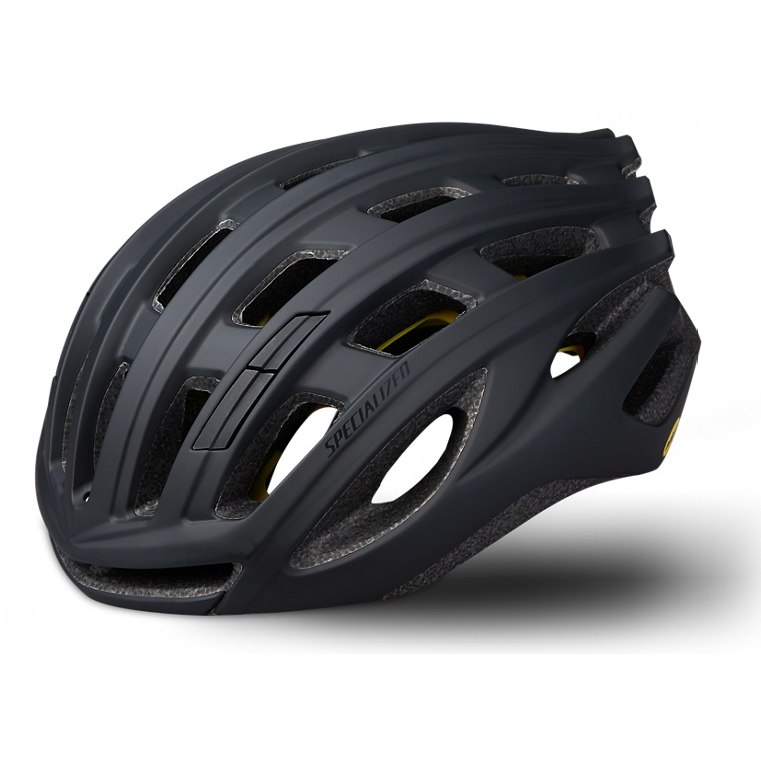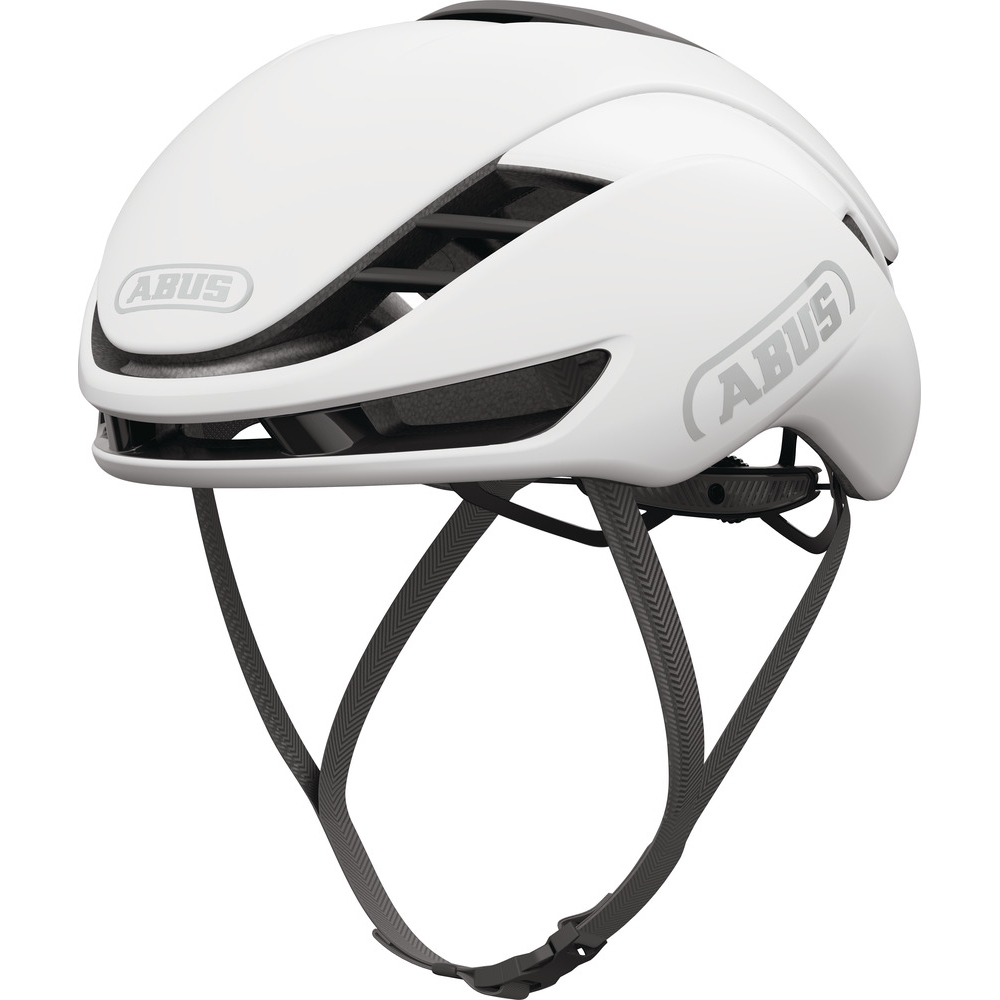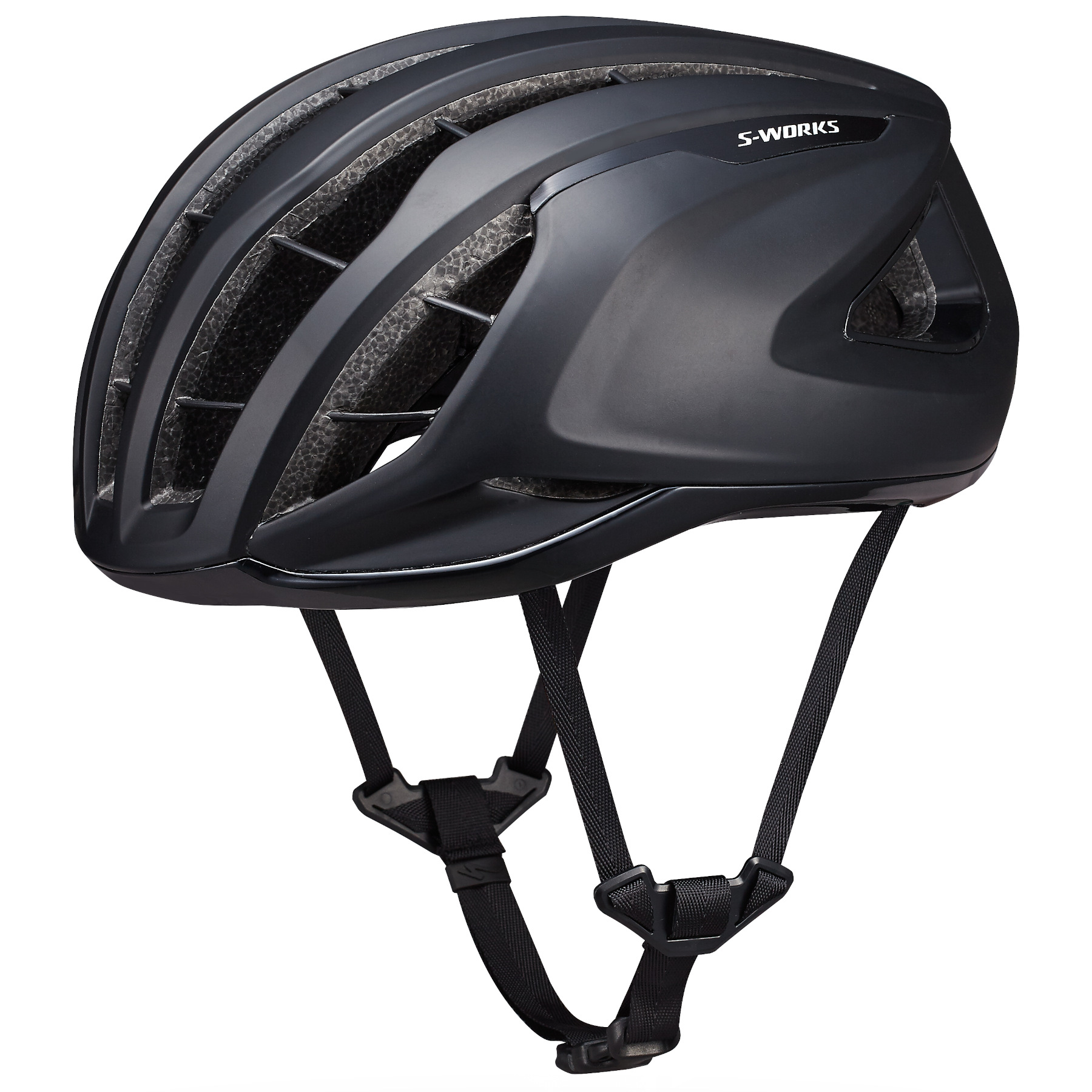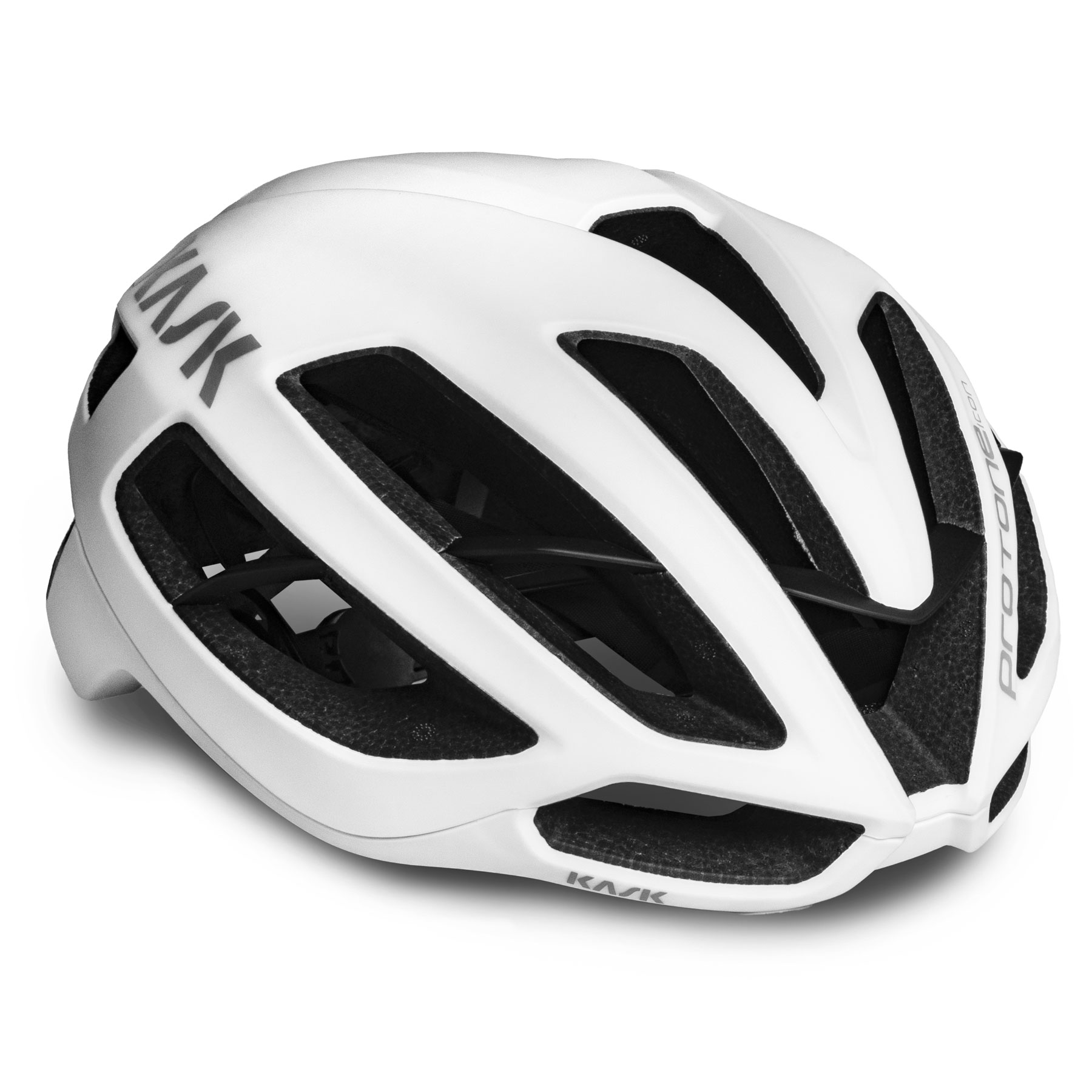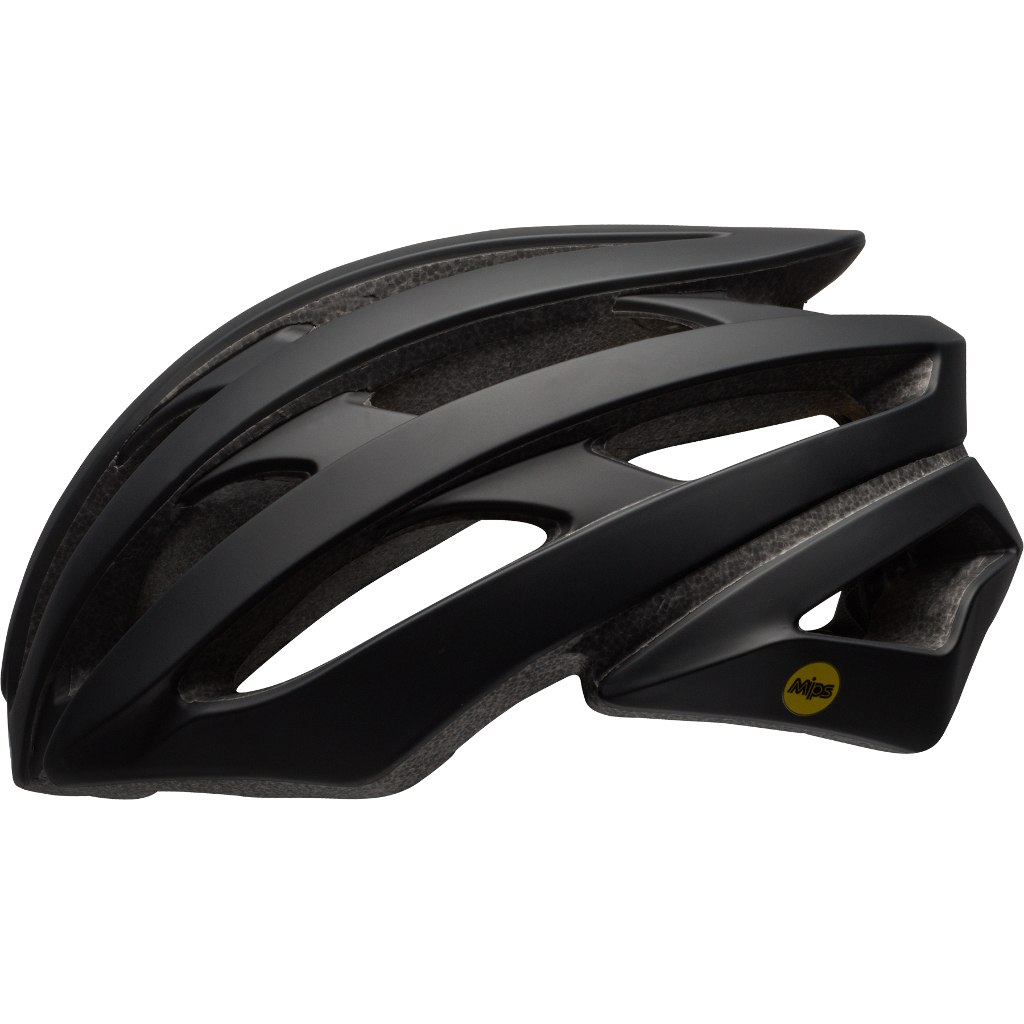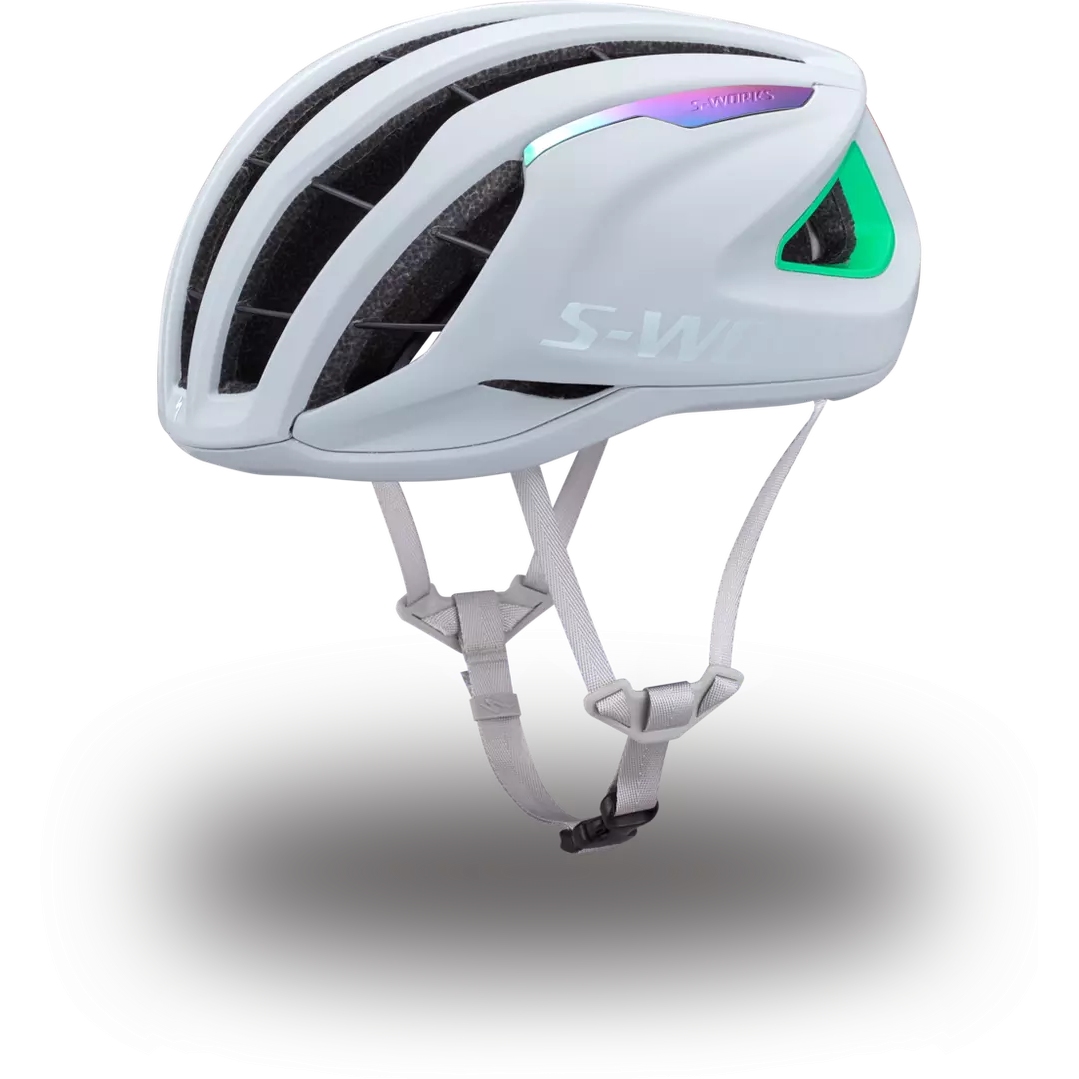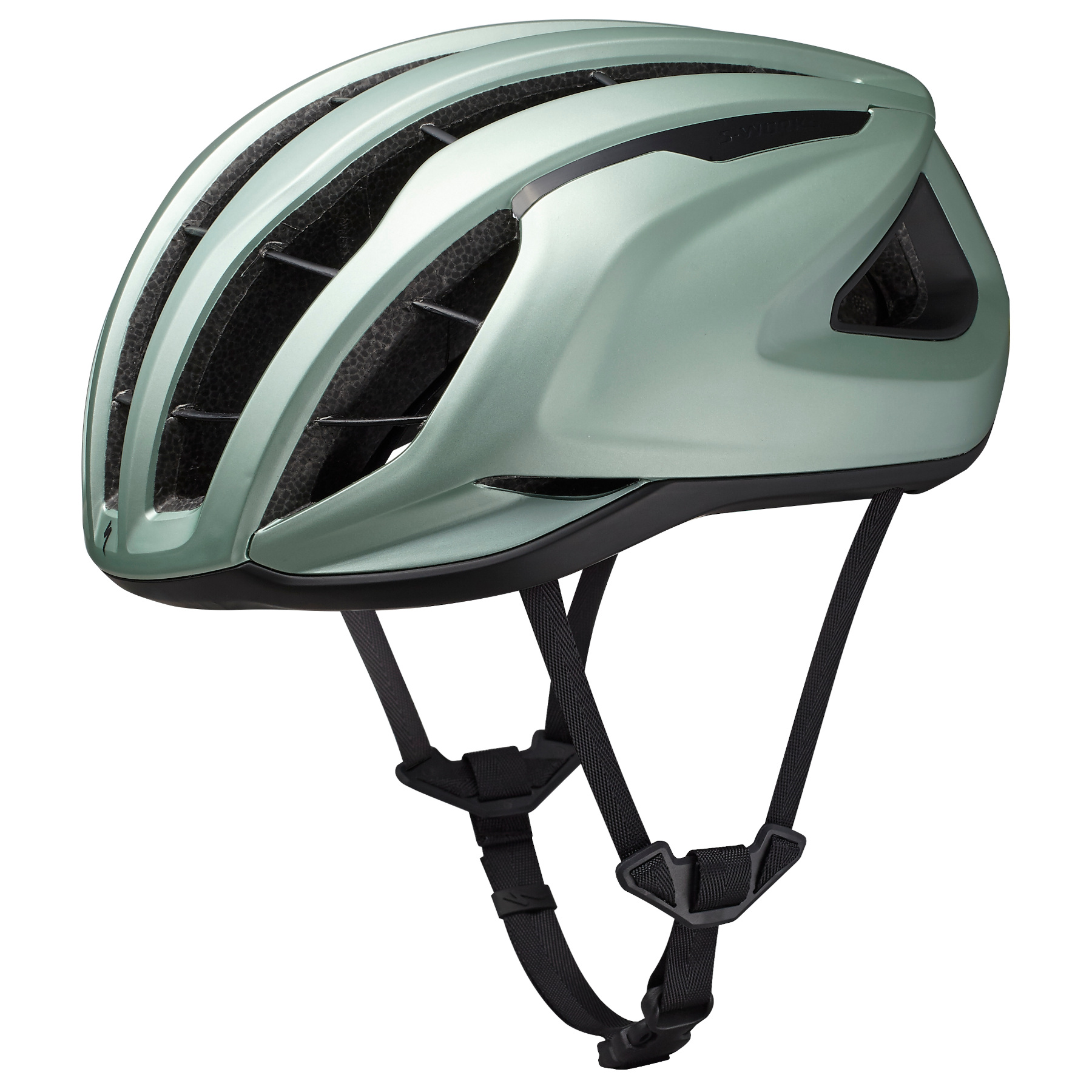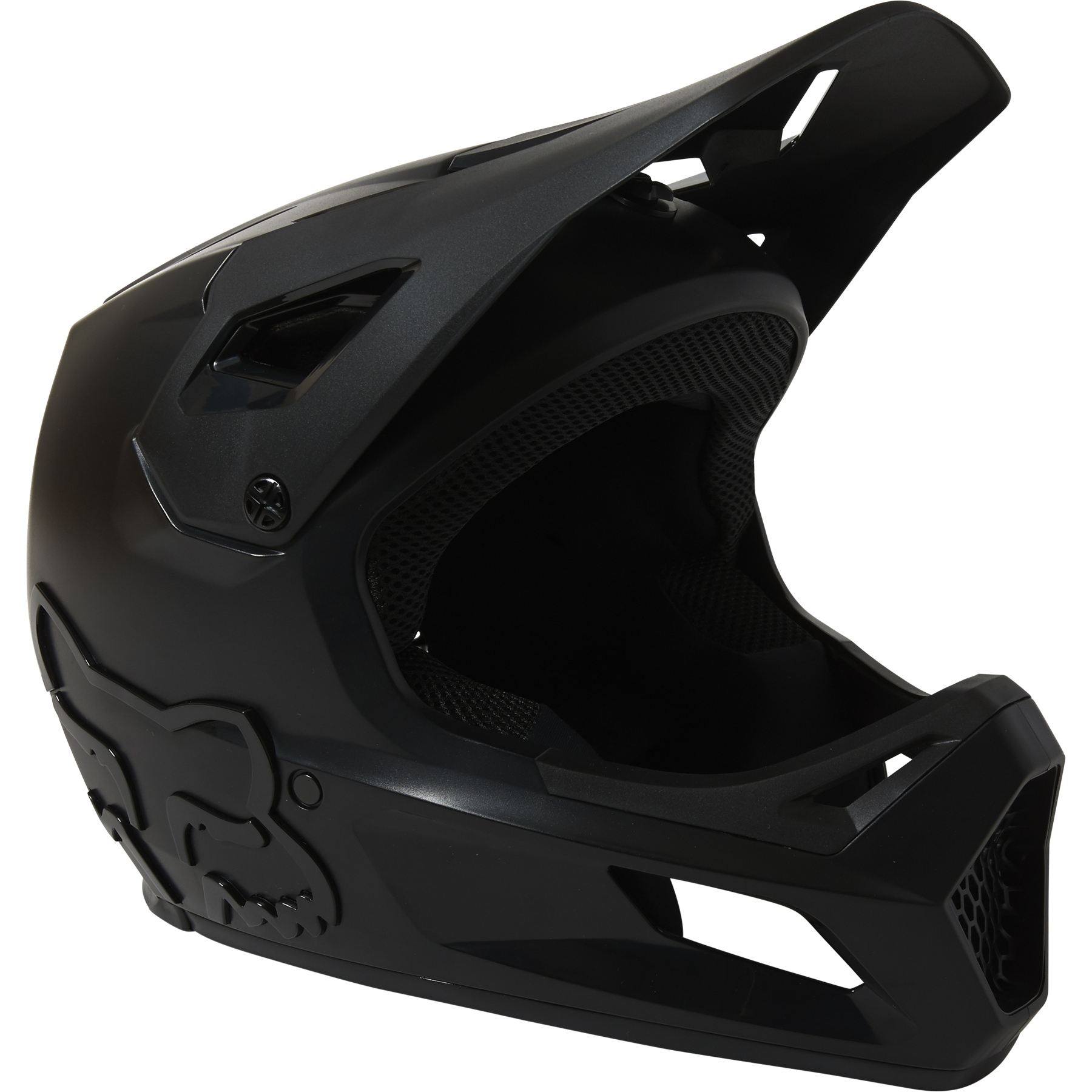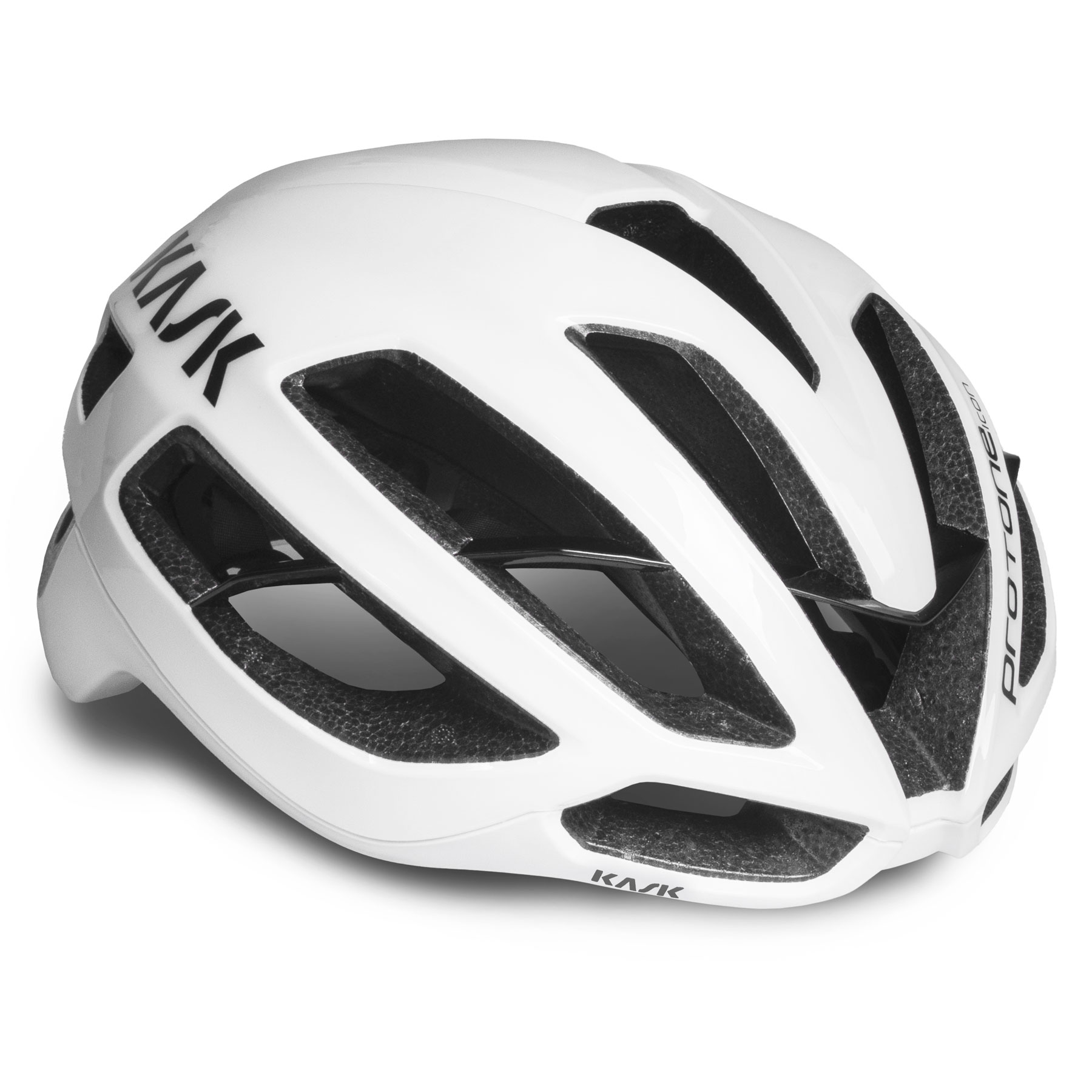- Home
- Cycling
- Clothing & Shoes
- Bike Helmets
- Helmets Men
Men's Bike Helmets – Perfect Protection for Mountain, Road, Gravel or City Bikes
Cycling is great for your mental health. But it is important to keep a cool head, especially in hectic city traffic. And the smartest way of keeping your sanity is to wear a helmet. A well-ventilated and comfortable helmet gives you the freedom to ride in comfort. With today's ultra-light, aerodynamic and extremely safe cycle helmets, you can fly over the asphalt on your road bike or jump over hill and dale on your gravel bike or MTB without worrying about your head. That leaves you free to focus on your next adventure! Read more
Contents – men's bike helmets
- Brain and Pedal Power Combined – Bike Helmets Protect on Any Terrain
- Take a Men's Cycle Helmet or Take the Risk – Safety for Smart Thinkers
- Helmet Requirements, Testing Standards and the Right Size – Bicycle Helmets Must Fit Properly
- Mind over Matter with MIPS
- Mountain, Road, City, Downhill, BMX & E-Bikes – Bike Helmets for Men Suited for Every Activity
- Helmet accessories – helmet lights, visors, cycling caps and helmet covers
Brain and Pedal Power Combined – Bike Helmets to Protect Men on Any Terrain
There is now a huge choice of helmets for cyclists. They come in all the colours of the rainbow and many more besides, as well as dozens of different shapes. From armoured BMX helmets and all-round full-face helmets to well-ventilated everyday road bike helmets through to aerodynamic time trial helmets. With MIPS systems or smart functions and lighting. You're spoilt for choice, but we'll help you get it all clear in your head. And we’ll answer the most relevant questions about bike helmets, starting with the most important one: am I risking my neck if I don't wear a helmet?
Take a Men's Cycle Helmet or Take the Risk – Safety for Smart Thinkers
No matter how confident you feel on the bike, even if you've never had a fall before: most accidents are not self-inflicted and can happen suddenly when you are least prepared. You don't have to be hit by a car to brake too hard or slip in a moment of carelessness. And frankly any head injury is potentially serious. Traumatic brain injuries, concussion, cerebral contusion ... all terms you never want to hear from your doctor. A well-fitting men’s cycle helmet can significantly reduce risks by absorbing shocks and taking the impact in any fall, even breaking in two if necessary. Of course, this also applies to women's helmets and especially to children's helmets. Better the helmet than your skull!
Helmet Requirements, Testing Standards and the Right Size – Bicycle Helmets Must Fit Properly
While bicycle helmets are not required to be worn by law in the United Kingdom, as they are in e.g. Sweden or Spain, they must still meet the legal safety standards. All bicycle helmets are tested according to the European standard DIN EN 1078 (CE), the basis of the identical British standard, in which the helmet is tested at different speeds and with weight on flat and angular surfaces. Make sure you only buy and use helmets that are marked with the CE standard or the BSI Kitemark. Often there are other certification marks on the helmets, such as those from Germany’s TÜV or ‘GS’ (tested safety).
The most important factor to protect your head in the long run is the right size and adjustment of the helmet. Helmet sizes are usually also given in cm and refer to your head circumference. For the most accurate measurement, place a tape measure or piece of string on your forehead above your eyebrows and run it straight around your head to make sure you measure the widest part. Most bike helmets for men offer a wide range of adjustment options as well. There is often a rotary wheel on the back of the helmet, which you can use to ensure the cycle helmet has a firm grip and does not slip or wobble. The length of your head also affects the perfect fit, as the helmet strap usually fastens with a buckle below the chin. The strap should fit tightly without cutting into your skin. A finger's width of space is a good measure if you are unsure of how tight to adjust the strap.
Also remember that you should replace your helmet after a fall or if you notice any cracks or defects! It also makes sense to get a new helmet about every 5 years, even without falls – especially as the latest styles are getting lighter, more comfortable and more stylish anyway.
Mind over Matter with MIPS
When searching for men's bike helmets, you will often notice a yellow circle with the word ‘MIPS’. MIPS stands for ‘Multi-Directional Impact Protection System’ and is designed to reduce non-linear rotational forces that act on your head when you hit it at an angle. An extra shell layer inside the helmet can rotate independently of the outer hard shell to better distribute impact forces. It is difficult to reliably state how much more safety or less risk of injury this provides. Nevertheless, the MIPS system is becoming increasingly popular and is now also available for the pro peloton. The argument for this increased protection is convincing, and men’s bicycle helmets with ‘MIPS’ are usually only slightly heavier as well.
Mountain, Road, City, Downhill, BMX & E-Bikes – Bike Helmets for Men Suited for Every Activity
The requirements for men's helmets are as varied as the cycling disciplines themselves. Practicality plays a crucial role in everyday life. City helmets are usually light, comfortable, well ventilated and are often equipped with insect protection nets on the inside. Other features, such as reflective elements or an additional light at the back of the head, increase your visibility in city traffic.
Even though there is no requirement to wear a special helmet for e-bikes (although there is a recommended standard for pedelecs with a speed of 45 km/h), it is still worth thinking about getting a special e-bike helmet. These offer significantly more protection, especially around the temples and the back of the head, and, depending on the manufacturer, are equipped with unique crumple zone technology. They may also come with smart features, such as operable front and rear lights with different modes or adjustable visors. Helmets certified according to NTA 8776 are recommended for pedelecs (S-EPAC) and will indicate this on their labelling.
If you want to ride at higher speeds on roads, you’ll be on the right track with extremely light and aerodynamic men's road bike helmets. Plenty of ventilation slots help keep you cool when you’re working hard and reduce overall weight without sacrificing protection. The streamlined designs ensure that air resistance remains as low as possible, so you can reach your optimum performance.
Does every second count? Do you mainly ride in the aero position anyway? No matter whether you’re doing time trial, track cycling or a triathlon, time trial helmets offer the ultimate combination of light weight and reduced drag. Designed to reach top speeds through extensive wind-tunnel testing, they also have a built-in visor to protect your eyes from flying insects or simply from drying out.
Men's mountain bike helmets are often equipped with removable visors or even helmet shields. You'll still see a lot of lightweight half-shell helmets at cross-country competitions. Depending on the discipline, however, mountain bike helmets are usually much more robust and sit deeper on the back of the head than ordinary cycle helmets. While almost all trail bikers still use open-face helmets, ambitious enduro bikers are now using full-face or downhill helmets more often. They are the absolute highest standard when the descents are really steep and your airtime is soaring. BMX and dirt helmets also have a well-padded inner shell and a hard outer shell, not only on the head but also on the sides and neck.
Helmet Accessories – Helmet Lights, Visors, Cycling Caps and Helmet Covers
Do you commute or train day and night in all weathers and want to travel as flexibly and safely as possible? Waterproof helmet covers can be conveniently stowed in any pocket and make your ride a much more pleasant experience if the weather changes suddenly. On particularly cold days, it makes sense to have a hat (also called skull caps or helmet liners) with you that fits under your helmet and also prevents it from slipping. If you often ride in the dark or in poor visibility in urban traffic, you can upgrade most helmets with a suitable helmet light for extra safety.
